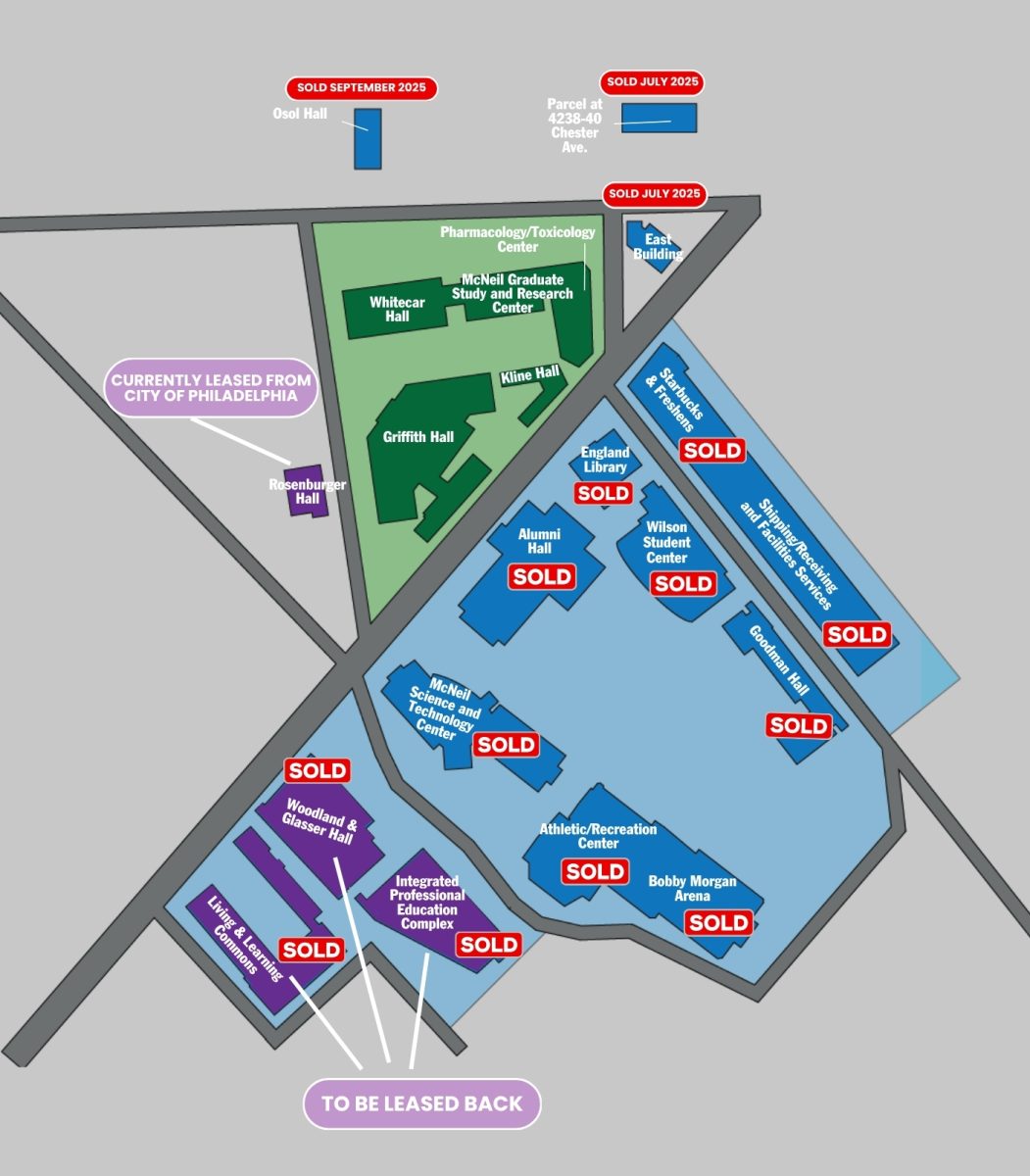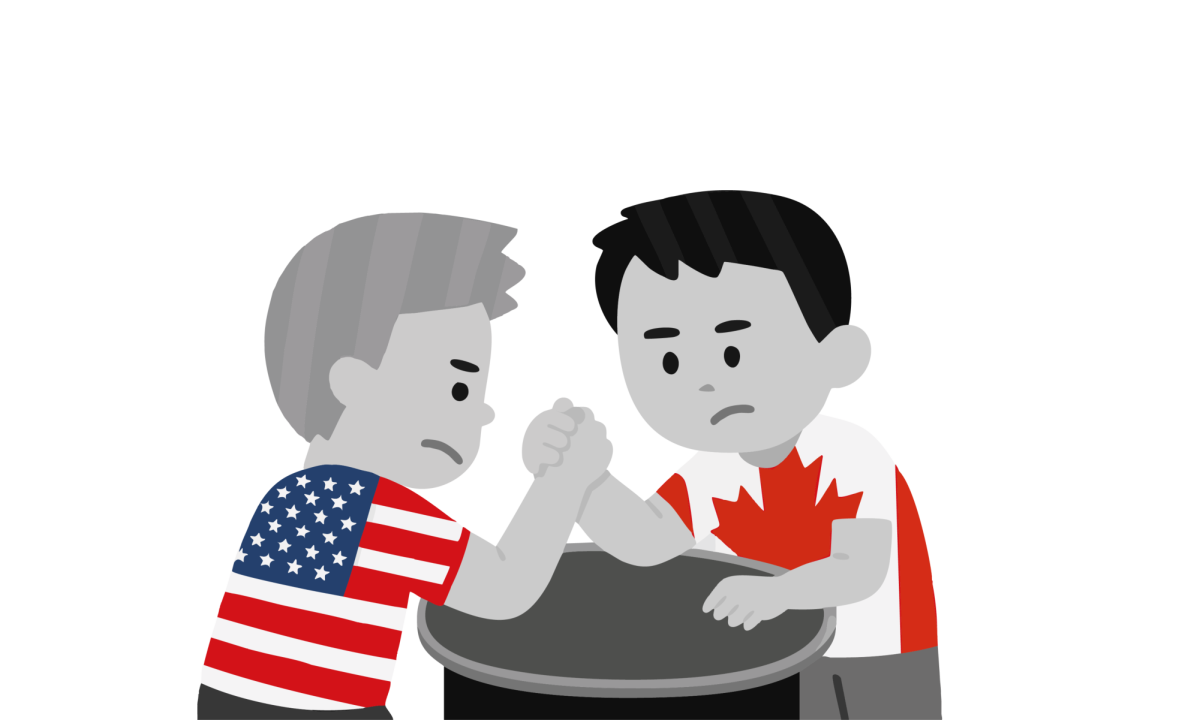The Trump administration has had a profound effect on our northern neighbor: Canada. For starters, President Donald Trump’s actions in the first months of his second administration have completely changed Canada’s political landscape. Despite being down in the polls by double-digits only one month ago, the Liberals, under recently-appointed Prime Minister Mark Carney, now lead the Conservatives, in large part thanks to Trump and his trade policies.
Thus, the unpopularity of a decade of Liberal governance has been overcome in weeks by Canada’s dislike for one man: Donald Trump.
The president has also affected our economic relationship with Canada. On March 4, Trump’s 25% tariff on almost all Canadian goods went into effect, prompting Canada to respond with its own retaliatory tariffs. While many of these tariffs have been amended or paused, threats of further tariffs (such as retaliatory tariffs scheduled for April 2), and an emerging trade war with Canada have created a hostile and uncertain trade relationship with our second-largest trading partner.
Tourism between the United States and Canada has also been affected, with air travel dropping an estimated 70% between the two countries. When compared to this time last year, nearly half a million fewer Canadians have crossed the land border into America. This reduction in tourism has likely been motivated by both these rising tensions and by high-profile cases of Canadians, like Jasmine Mooney, being detained by U.S. Immigration and Customs Enforcement authorities. Communities on either side of the border will now have to grapple with the economic effects of this loss of tourism on their communities.
Canada is a longstanding important ally and economic partner of the U.S., with its proximity inevitably making our ties one of our most important. However, under Trump, this relationship has been put in jeopardy, and, if the situation continues on its current path, repairing the damage will be quite the challenge.
















































